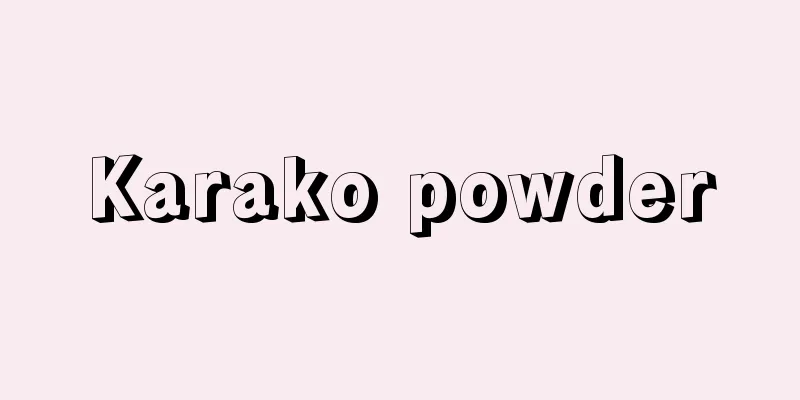Suriname - Surinam (English spelling)
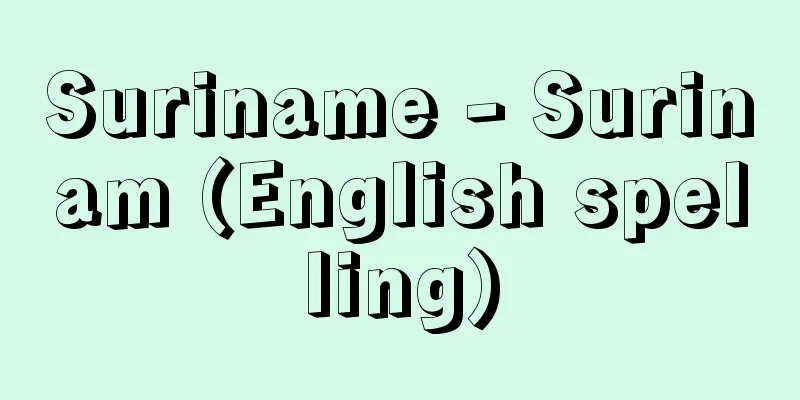
|
A country in the northeastern part of South America. Formerly known as Dutch Guiana, it gained independence in 1975. Its official name is the Republic of Suriname, Repúbliek Suriname. It borders French Guiana to the east, Guyana to the west, Brazil to the south, and the Atlantic Ocean to the north. With an area of 163,265 square kilometers, it is the smallest country in South America. Its population is 453,600 (estimated 2002). Its capital is Paramaribo. [Shozo Yamamoto] NatureThe country is generally flat, but is divided into three regions: a fertile plain of clay or sand that extends inland from the coast, a savanna in the center, and the Wilhelmina Mountains (highest 1,230 meters) in the south. The coastal plain stretches 16 to 80 kilometers wide along the 344-kilometer coastline between the mouths of the Maroni River in the east and the Corentyne River in the west. A savanna about 65 kilometers wide stretches inland from east to west, and the southern part of this is mountainous, covering two-thirds of the country and covered by tropical rainforest. [Shozo Yamamoto] History and politicsIn the 16th century, Spain occupied the island, but abandoned it because it did not produce gold or silver. The Netherlands entered the country in 1581, and by 1616 had established several small colonies and imported many black slaves from Africa. In the mid-17th century, the ownership of Suriname was disputed between the UK and the Netherlands, and the UK seized it, but the Treaty of Breda in 1667 confirmed it as Dutch territory. During the Napoleonic Wars at the end of the 18th century, the UK occupied it again, but Dutch ownership was finally established in the Treaty of Paris in 1815, and slaves were emancipated in 1963. In 1954, a major revision of the Charter of the Kingdom of the Netherlands made it a constituent territory of the Kingdom of the Netherlands, and it gained internal autonomy equal to that of the Netherlands. On November 25, 1975, it officially became independent as the Republic of Suriname. After independence, Prime Minister Aron of the Surinamese National Party (NPS) took power, but he was ousted in a coup in February 1980. Since then, there have been several changes of government, and a military government was established with the aim of socializing the country, and the national parliament was abolished. In terms of diplomacy, after independence, Brazil sought to strengthen ties with socialist countries such as Cuba, but in 1983 it abolished all agreements with Cuba and strengthened ties with the United States. In 1988, Brazil transferred to civilian rule, and in 1991 Fenetienne was elected president, but political and economic instability has continued since then. In 1996, Weydenbosch of the National Democratic Party (NDP) became president, but Fenetienne returned to power in 2000. [Shozo Yamamoto] Industry and EconomySuriname's most important resource is bauxite, with a production of 3.766 million tons, ranking ninth in the world (1994). As the country's name (meaning rocky rivers) suggests, the rivers are fast-flowing and the abundance of water makes them suitable for hydroelectric power generation, which is used for aluminum smelting. Until the beginning of the 20th century, plantation agriculture, including sugarcane, coffee, and cacao, was Suriname's main industry. However, in 1965, the Brokopond Dam, an artificial lake 2.2 times the size of Lake Biwa, was completed in the middle of the Suriname River, and electricity production increased dramatically. This electricity was then used to build a world-class large-scale factory with an annual production capacity of 800,000 tons of alumina and 60,000 tons of aluminum. Thus, Suriname's industrial and economic structure changed from being centered on agriculture and forestry to being centered on mining and manufacturing. The export value of bauxite, alumina, and aluminum accounts for 91.5% of the total export value, and the destinations are the United States, the Netherlands, Norway, etc. The country also produces a large amount of rice, bananas, and coconuts, which are the staple foods of the residents, and rice is the third largest export to neighboring countries after alumina, aluminum, and fish and shellfish. Other important exports include timber, wood products, sugar, and bananas. Meanwhile, petroleum products, machinery, and chemicals are imported from the United States, the Netherlands, Japan, and other countries. The transportation network is inadequate, with only 150 kilometers of railways and about 1,600 kilometers of roads, except for the coastal plain. Transportation to the interior is largely dependent on the use of rivers. The capital, Paramaribo, is a trading port and has an international airport. [Shozo Yamamoto] societyThe indigenous people are Indians, estimated to number about 5,000, but today there are hardly any Indians to be seen in the densely populated coastal plain. The rest of the population lives on the coastal plain, and the oldest residents are Creoles, the descendants of African slaves from the Dutch colonial period, many of whom are small farmers, artisans, or laborers. After the emancipation of the slaves, Asian residents such as Indians, Indonesians, and Chinese immigrated to the country as contract laborers to make up for the labor shortage on plantations. Many of the Asian residents live in cities and are active in commerce and intellectual occupations. The racial makeup is therefore complex, with 35% Creoles (blacks and mixed races), 33% Indian, 16% Indonesian, 10% Maroon, and 3% Indian (1991). Religion is also diverse according to race: Africans are Protestant or Catholic, Indians are Hindu, and Indonesians are Muslim. In addition to the official language Dutch, English, Hindi, Sranan Tongo, and other languages are used. Education is compulsory from age 7 to 12, and the illiteracy rate is relatively low at 7%. [Shozo Yamamoto] [References] | [Additional Materials] |"> Suriname flag ©Shogakukan Illustration/Shogakukan Creative "> Suriname location map Source: Shogakukan Encyclopedia Nipponica About Encyclopedia Nipponica Information | Legend |
|
南アメリカ大陸北東部の国。旧称はオランダ領ギアナで、1975年独立した。正式名称はスリナム共和国Repúbliek Surinameという。東はフランス領ギアナ、西はガイアナ、南はブラジルと接し、北は大西洋に面する。面積は16万3265平方キロメートルで、南アメリカ大陸でもっとも小さい国である。人口45万3600(2002推計)。首都はパラマリボ。 [山本正三] 自然国土は全般に平坦(へいたん)であるが、海岸から内陸に向けて広がる粘土または砂土の肥沃(ひよく)な平野部、中部のサバンナ地帯、南部のウィルヘルミナ山地(最高1230メートル)の3地域に分けられる。海岸平野は東のマロニ川と西のコランタイン川の両河口の間、344キロメートルの海岸線に沿って幅16キロメートルから80キロメートルで広がっている。その内陸側に幅約65キロメートルのサバンナ地帯が東西に延び、その南部が熱帯雨林に覆われた国土の3分の2を占める山地である。 [山本正三] 歴史・政治16世紀にスペインが占領したが、金、銀を産出しなかったので放棄した。オランダは1581年に進出し、1616年までにいくつかの小植民地をつくってアフリカから多くの黒人奴隷を輸入した。17世紀中ごろにはイギリスとオランダの両国間でスリナムの領有が争われイギリスが奪取したが、1667年のブレダ条約でオランダ領が確認された。18世紀末のナポレオン戦争当時ふたたびイギリスが占領したが、1815年のパリ条約でオランダの領有権が最終的に確立し、63年に奴隷解放が行われた。1954年オランダ王国憲章の大幅な改正によってオランダ王国の一構成領となり、オランダ本国と対等な内政自治権を得た。そして75年11月25日スリナム共和国として正式に独立した。独立後スリナム国民党(NPS)のアロン首相が政権を担当したが、80年2月のクーデターで追放された。その後何回かの政権交代があり、社会主義化を目ざす軍政が敷かれ、国会も廃止された。外交面では、独立後キューバなど社会主義国との関係強化を図ってきたが、83年キューバとの全協定を破棄し、アメリカとの関係を強めた。88年に民政に移管、91年フェネティアンが大統領に選出されたが、その後も政治・経済面で不安定な状態が続いている。96年には国民民主党(NDP)のウェイデンボスが大統領に就任したが、2000年にはフェネティアンが返り咲いた。 [山本正三] 産業・経済スリナムのもっとも重要な資源はボーキサイトで、その産出量は376万6000トン、世界第9位である(1994)。そのうえ国名(岩の多い川という意)が示すように河川が急流であり、しかも水量が豊富なため水力発電に適し、アルミ製錬に利用されている。20世紀初めまでは、サトウキビ、コーヒー、カカオなどのプランテーション農業がスリナムの中心産業であった。しかし、1965年スリナム川中流に琵琶(びわ)湖の2.2倍の人工湖をもつブロコポンド・ダムが完成し、電力生産は激増した。そしてこの電力を利用して、年間生産能力アルミナ80万トン、アルミニウム6万トンという世界的な大規模工場が建設された。 こうしてスリナムの産業・経済構造は農林業中心から鉱工業中心に変化した。ボーキサイト、アルミナ、アルミニウムの輸出額は全輸出額の91.5%にも及び、その相手国はアメリカ、オランダ、ノルウェーなどである。住民の主食である米、バナナおよびココナッツの生産も多く、ことに米穀の近隣諸国向け輸出額はアルミナ、アルミニウム、魚貝類に次いでいる。また、木材や木工品、砂糖、バナナも重要な輸出品になっている。一方、石油製品や機械類、化学薬品が、アメリカ、オランダ、日本などから輸入されている。交通網は鉄道が延長150キロメートル、道路が延長約1600キロメートルと、海岸平野を除けば不備である。内陸への交通は河川の利用に大きく依存している。首都のパラマリボは貿易港であり、国際空港もある。 [山本正三] 社会先住民はインディオでその数は約5000人と推定されているが、現在、人口の多い海岸平野部にはインディオの姿はほとんどみられない。インディオ以外の住民は海岸平野に居住し、なかでももっとも古い住民はオランダ植民地時代のアフリカ人奴隷の子孫(クレオール)で、多くは小農や職人、労働者である。奴隷解放後、農園の労働力不足を補うためインド人やインドネシア人、中国人などのアジア系住民が契約労働者として移民してきた。アジア系住民の多くは都市に居住し、商業や知的職業に進出している。したがって人種構成は複雑で、クレオール(黒人とその混血)35%、インド系33%、インドネシア系16%、マルーンmaroon10%、インディオ3%(1991)となっている。 宗教もアフリカ系黒人がプロテスタントやカトリック、インド系がヒンドゥー教、インドネシア系がイスラム教と、人種の違いによって多種多様である。言語も公用語のオランダ語のほかに、英語、ヒンディー語、スラナン・トンゴ語などが使用される。教育制度は7歳から12歳までが義務教育で非識字率も7%と比較的低い。 [山本正三] [参照項目] | [補完資料] |"> スリナムの国旗 ©Shogakukan 作図/小学館クリエイティブ"> スリナム位置図 出典 小学館 日本大百科全書(ニッポニカ)日本大百科全書(ニッポニカ)について 情報 | 凡例 |
Recommend
Okhlopkov, Nikolai Pavlovich
Born: May 15, 1900, Irkutsk [Died] January 8, 1967...
The Three Religious Unity Theory
The three religions are Confucianism, Buddhism, an...
Cuban Little Frog - Cuba Little Frog
... The genus Atelopus , which is a toad but has ...
Enlarged heart
This condition occurs when the ventricular wall t...
River plain - Kaseihei
...Originally, any plain formed by the deposition...
Heisuke Kudo
Year of death: 12/10/1801 (1/24/1801) Year of birt...
Chinese mythology
Many of the authoritative historical texts of anc...
Rihanin - Rihanin
This was the central government office that overs...
Akkigai - Akkigai
→ Murky shell Source : Heibonsha Encyclopedia Abou...
Kursk Tank Battle - Kursk Tank Battle
The largest tank battle in history took place in J...
Ochi Etsujin
Born in 1656 in Kaga [Died]? A haiku poet from the...
Utagawa Toyokuni (first generation)
…Written by Shikitei Sanba. Illustrated by Katsuk...
A letter of thanks
...Jointing is a method of joining boards togethe...
Tragulus napu (English spelling)
…[Tadaaki Imaizumi]. … *Some of the terminology t...
Oanhanzeirei - Oanhanzeirei
...During the Kenmu Restoration after the fall of...
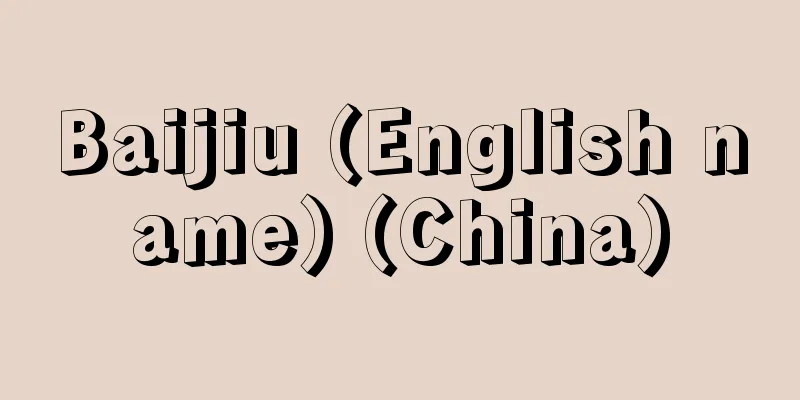
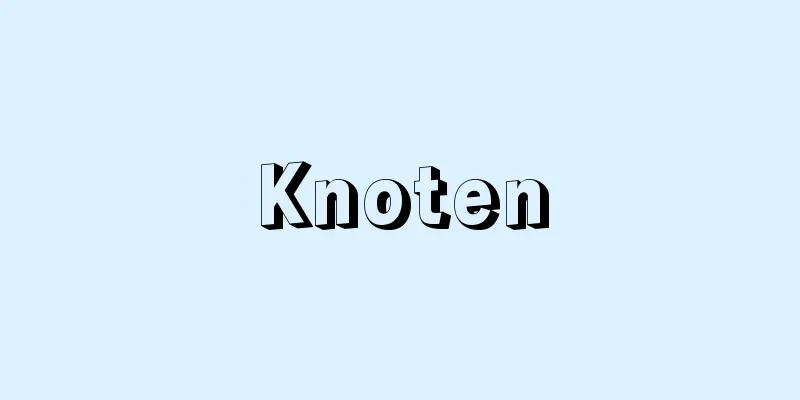
![Gora [Hot Spring] - Gora](/upload/images/67cb8d27d0dea.webp)
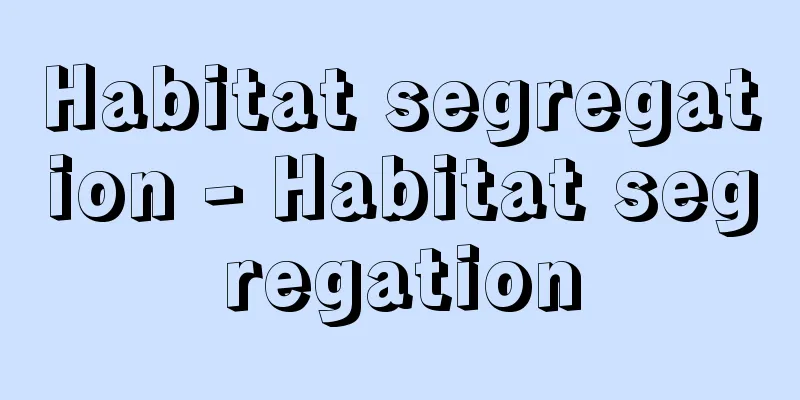
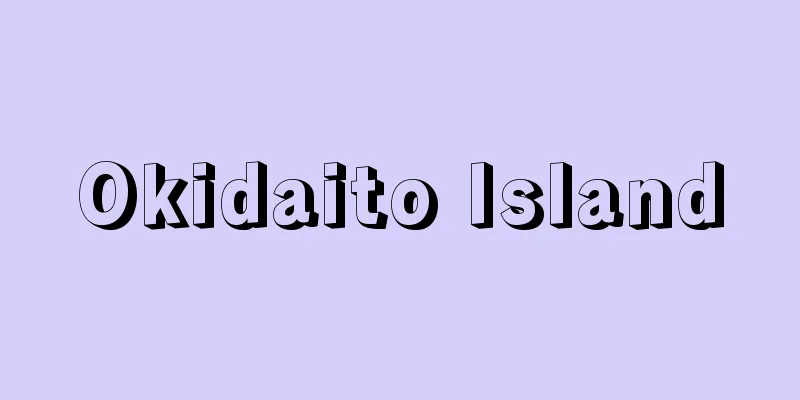


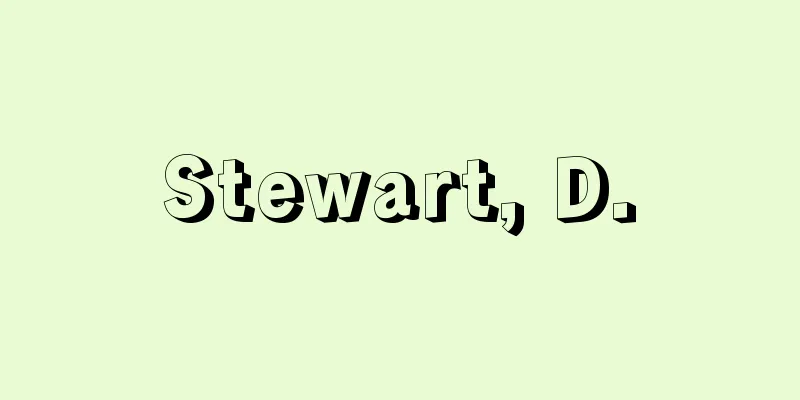
![Himeji [city] - Himeji](/upload/images/67cca1fb86242.webp)
